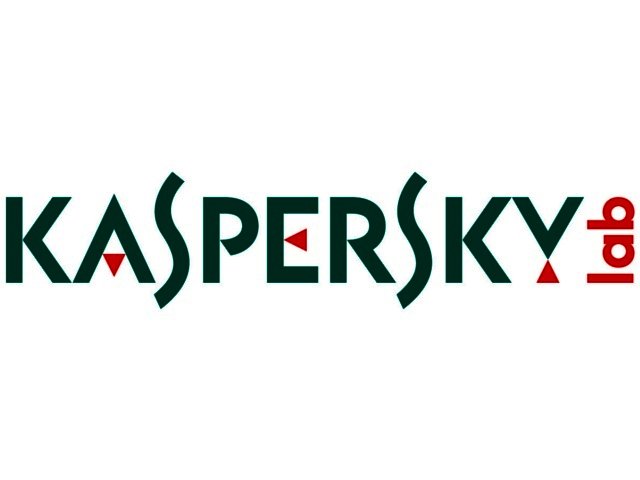PREVIOUS ARTICLENEXT ARTICLE
NEWS

Spam levels decline to 5 year low
By Ryan Noik 28 January 2013 | Categories: news
In some good news on the email front, Kaspersky Lab has reported that spam in email traffic decreased steadily last year to reach a five year low.
The company elaborated that the spam average for 2012 had dropped from 80.3% to 72.1%, and called such a prolonged and substantial decrease in spam levels “unprecedented.”
Darya Gudkova, the head of content analysis and research at Kaspersky Lab, elaborated that in 2012, the percentage of spam decreased over the course of the year, and during the final three months of 2012 the figure remained below 70%.
Kaspersky Lab explained that the main reason behind the decrease in spam volume was the overall heightened level of anti-spam protection. The company elaborated that spam filters are now in place on just about every email system, even free ones.
Further helping matters is the fact that many email providers have introduced mandatory DKIM signature policies (digital signatures that verify the domain from which emails are sent).
Gudkova noted that another factor behind the falling levels of spam is inexpensive advertising on legal platforms, extrapolating that advertising opportunities on the internet such as banners, context-based advertising, and ads on social networks and blogs, have skyrocketed.
Malware gets creative
In spite of the drop in the overall percentage of spam in mail traffic, the proportion of emails with malicious attachments fell only slightly to 3.4%.
Kaspersky explained that this is a very large percentage, considering that this number reflects only emails with malicious attachments and ignores other spam emails containing links to malicious websites.
Meanwhile, the range of different subjects used in malicious emails was impressive in 2012. Previously, malicious users relied on fake notifications from hosting services, social networks, delivery services, and messages from financial and government organisations. In 2012, they expanded their repertoire to include fake messages from a variety of airlines, hotel reservation services, and coupon services.
Sources shift
Another change in the spam landscape over the past year lay in where it was sourced. China, which was not even in the top 20 sources of spam in 2011, took first place in 2012, accounting for 19.5% of all unsolicited mail. Spam originating in the US increased 13.5 percentage points, to 15.6% - enough to take second place.
While Asia remained the leading region for spam distribution, during the past year, the region’s share of the world’s junk mail rose 11.2 percentage points to clear 50%. Due to the increased spam contribution from the US, North America took second place in the top 10 with 15.8% — up from just 2% in 2011.
At the same time, the amount of spam originating in Latin America fell by 8 percentage points and closed at 11.8%. Europe also dropped down the ranks. In 2012, the total amount of spam originating in Western and Eastern Europe combined came to 15.1%, which is about half the amount recorded in 2011.
To the point
In the final analysis though, decrease in spam does not mean users can drop their guard completely. According to Gudkova, despite the gradual departure of advertisers from spam to other, more convenient and legal means of promoting goods and services, spam was not going to go extinct.
“Malicious spam, fraud, and advertising of illegal goods cannot simply or easily migrate to legal platforms, due to their own inherently criminal nature. We expect that the decline in spam volumes in 2013 will be negligible at best,” he warned.
In related news, Kaspersky released its full security bulletin at the end of last year, which highlighted that a staggering 200 000 malicious programmes were released daily.
USER COMMENTS
Most Read Articles
Read

Magazine Online
TechSmart.co.za is South Africa's leading magazine for tech product reviews, tech news, videos, tech specs and gadgets.
Start reading now >
Download latest issue
Have Your Say
What new tech or developments are you most anticipating this year?
New smartphone announcements (45 votes)
Technological breakthroughs (29 votes)
Launch of new consoles, or notebooks (14 votes)
Innovative Artificial Intelligence solutions (29 votes)
Biotechnology or medical advancements (24 votes)
Better business applications (160 votes)



